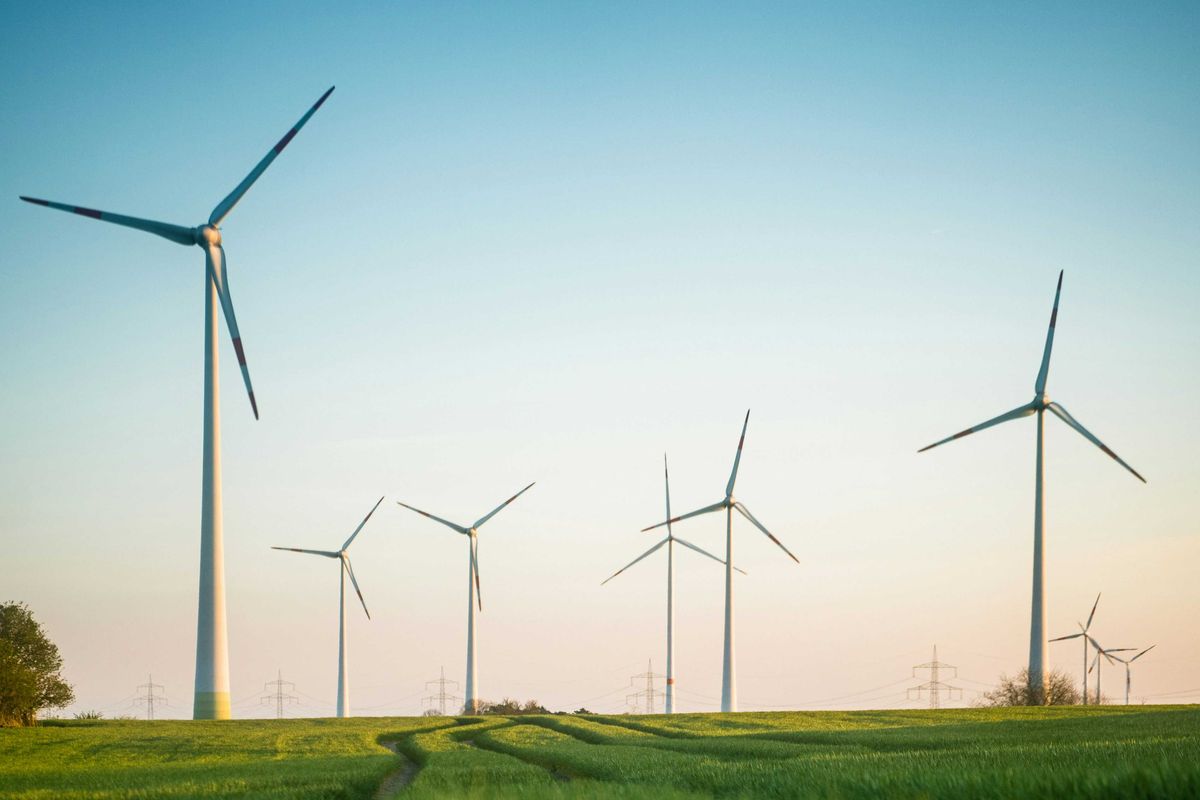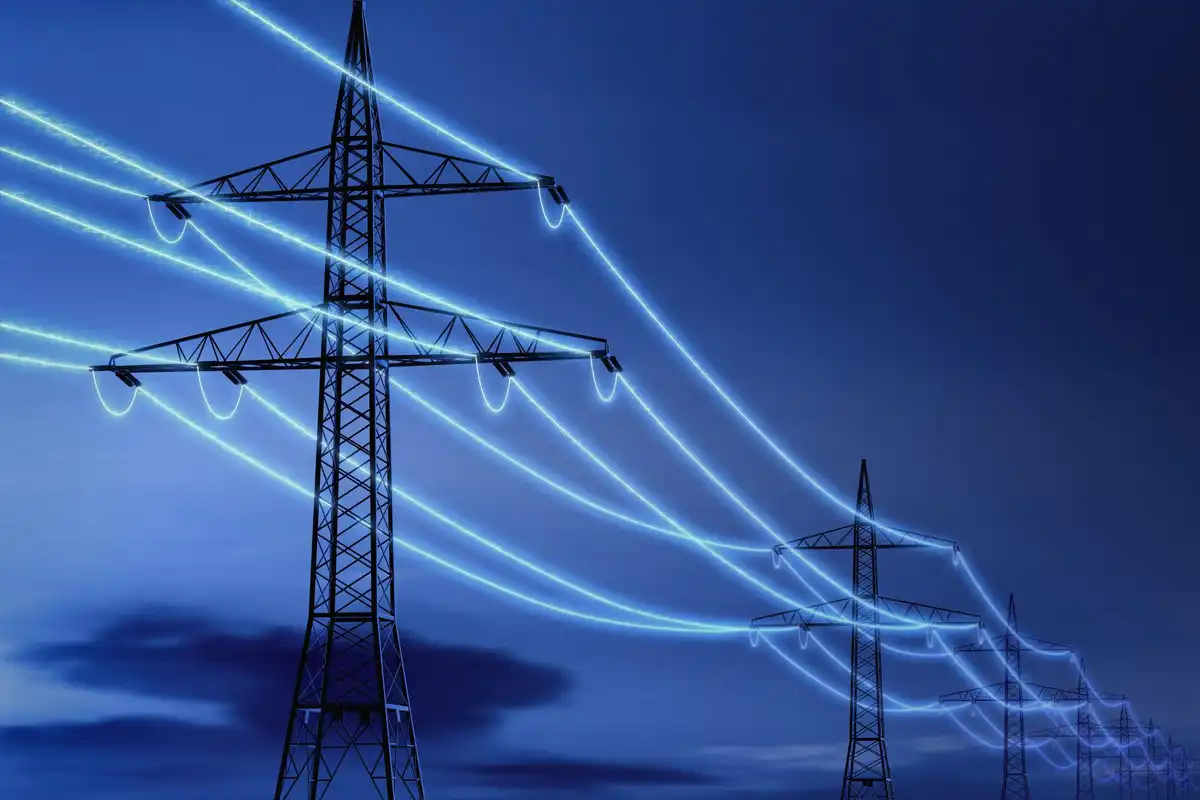Engie partners on major Texas, California battery storage portfolio
power partners
Houston’s Engie North America has partnered with New York-based CBRE Investment Management on a 2.4-gigawatt portfolio of battery storage assets in Texas and California.
The portfolio consists of 31 projects operating in the Electric Reliability Council of Texas (ERCOT) and California Independent System Operator (CAISO) territories. According to a company statement, the transaction represents one of Engie’s largest operating portfolio partnerships in the U.S.
“We are delighted that ENGIE and CBRE IM are partnering in this industry-leading transaction, supporting 2.4 GW of storage that will support the growing demand for power in Texas and California,” Dave Carroll, Chief Renewables Officer and SVP, ENGIE North America, said in the news release.
The deal is also one of the sector’s largest sales completed to date. Engie will retain a controlling share in the portfolio and will continue to operate and manage the assets.
“The scale of this portfolio reflects ENGIE’s commitments to meeting the energy needs of the U.S. and increasing the resilience of the ERCOT and CAISO grids,” Carroll added in the news release. “CBRE IM’s investment reflects their confidence in ENGIE’s proven track record in developing, building, operating and financing renewable assets, both in North America and globally.”
In North America, ENGIE currently has more than 11 gigawatts of renewable production and battery storage in operation or construction. Last year, Engie added 4.2 gigawatts of renewable energy capacity worldwide, bringing the total capacity to 46 gigawatts as of December 31. It also recently made a preliminary deal to supply wind power to a Cipher Mining data center in Texas.
As of March 31, 2025, CBRE IM had $149.1 billion in assets under management and operated in 20 countries.
“We are excited to partner with ENGIE on this high-quality, scaled battery storage portfolio with a strong operating track record,” Robert Shaw, managing director, private infrastructure strategies at CBRE Investment Management, said in the release.








 Air Liquide and Hyundai agreed to expand hydrogen refuelling networks, storage capacity and more at a meeting in Seoul last week. Photo courtesy Air Liquide.
Air Liquide and Hyundai agreed to expand hydrogen refuelling networks, storage capacity and more at a meeting in Seoul last week. Photo courtesy Air Liquide.
